Digital Economy and FinTech in Nepal
Digital Economy and FinTech in Nepal
Macro Insights

Ideapreneur Nepal
Created on :
2024-02-05
Download our app for a smooth experience
Total Views:
195 views
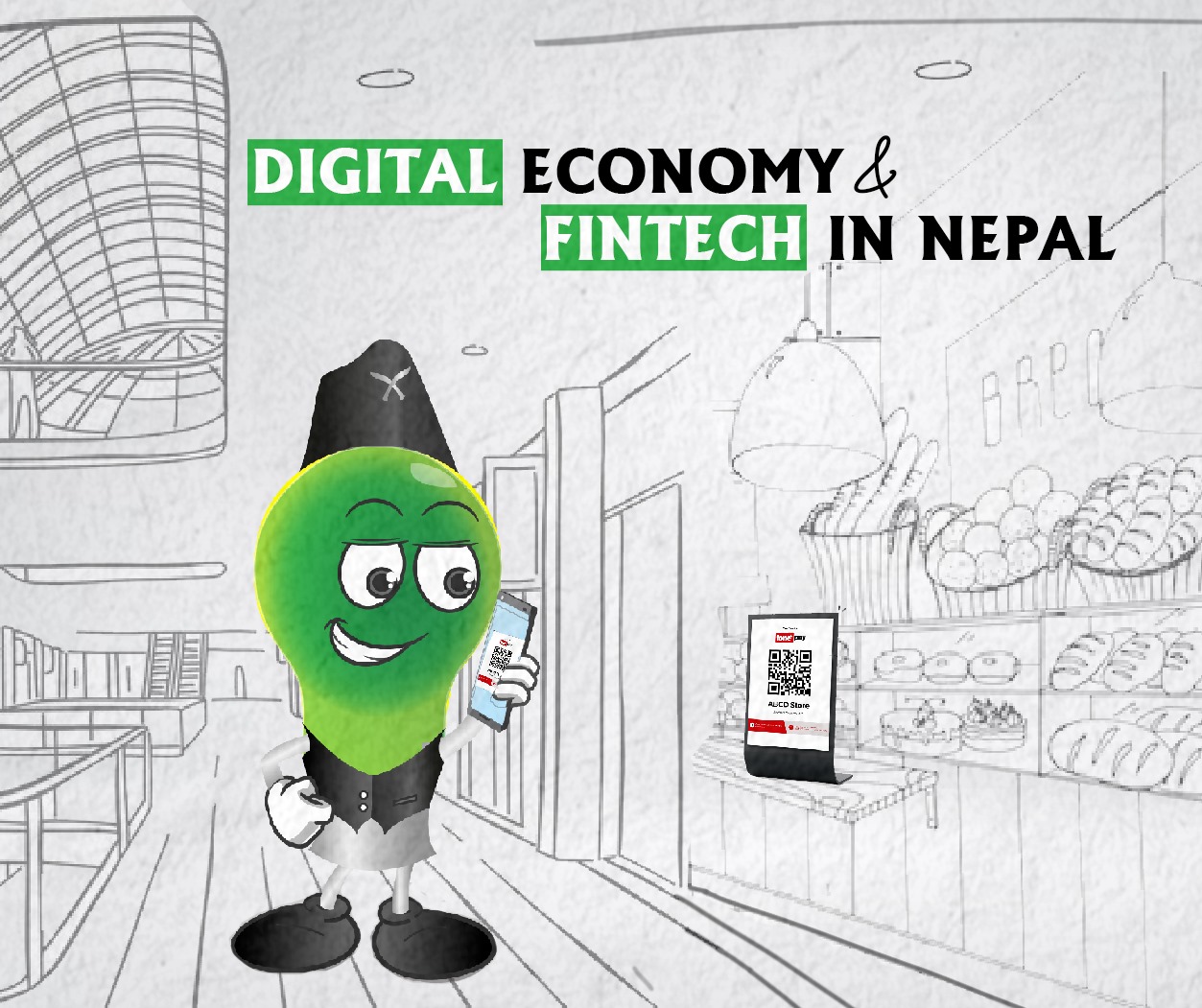
Digital Economy and Fintech in Nepal: An introduction
The digital economy refers to an economic system that is primarily based on digital technologies, including the use of electronic devices, networks, and data. It encompasses the production, distribution, and consumption of goods and services that rely on digital technologies and the internet. The digital economy is characterized by the pervasive use of information and communication technologies (ICT) to conduct economic activities.
Nepal's digital transformation process has become a significant force influencing the nation. By enabling individuals and organizations to take advantage of the power of technology to accomplish unparalleled progress and innovation, it has revolutionized industries, economies, and society as a whole. While many countries have embraced the digital revolution, it's interesting to observe how a nation like Nepal, which is located in the foothills of the gorgeous Himalayas, has begun its own journey towards digital transformation. The COVID-19 epidemic prompted a surge of startup activity, with businesspeople introducing telemedicine, online learning, mobile money, and e-commerce services.
Nepal Before the Digital Transformation
Poor connections, infrastructure problems, and an absence of broad usage of digital technology defined Nepal's digital environment prior to the digital revolution. Another obstacle to establishing widespread internet access across the nation was its geographical location.
The government's digital infrastructure was still developing, with just a modest online presence and e-governance initiatives. The prevalence of conventional, paper-based processes in many sectors led to inefficiencies, delays, and a lack of transparency in government operations. Traditionally, citizen services like filing taxes, obtaining official documents, and obtaining public information were done in person, which led to lengthy wait times and excessive bureaucracy.
Financial services relied mostly on physical banking because there was little access to digital payment networks. The general population did not typically utilize or have public access to online banking or digital payment systems. With few channels for online shopping and a low level of trust in online transactions, e-commerce was still in its infancy.
Prior to the advent of digital technology, Nepal's digital landscape was typified by inadequate digital technology adoption, little digital infrastructure, and a lack of connectivity. To overcome these obstacles and embrace the potential of digital technology for fair growth and development, the government embarked on a digital transformation journey after realizing the necessity to solve these issues.
With the expansion of internet connectivity, the penetration of mobile phones in every nook and corner of the country,increased investments in telecommunication, the country has taken a leap towards the digitized world.
Digital Infrastructure Development and Impacts in the Economy
Nepal's economy, society, and governance have all been significantly impacted by the country's digital development.
The well-known digital transformations in Nepal, Esewa and Fonepay, have aided thousands of people with financial transactions. With a variety of payment choices, eSewa is the leading online payment gateway in Nepal.
The eSewa digital wallet allows users to send and receive money using a web browser or a mobile app. The digital wallet serves as a one-stop shop for making online payments for a variety of services, including credit cards, insurance, EMIs, films, utilities, internet, travel tickets and online shopping.
Fonepay is another digital payment processor that links consumers, banks, and retailers in an interoperable network to enable mobile and digital payments. The central bank of Nepal has granted a license to the first mobile payment network in the country as a Payment Service Operator (PSO).
eSewa, Fonepay and other services have helped improve Nepal's financial inclusion. These digital payment systems have enabled individuals, particularly those who do not have access to traditional financial services, to engage in the digital economy. These platforms have also enabled users to effortlessly manage their accounts, make payments, and access numerous financial services by providing safe and convenient digital transactions.
The use of e-government initiatives has fastened up government processes, reduced paperwork, and improved transparency. Online applications for official documents, tax payments, and information access have made it possible for citizens to save time and reduce the need for in-person travels to government facilities.
Nepal now has a more inventive and entrepreneurial culture because of the digital revolution. New ideas, disruptive technologies, and creative solutions have been made available to conventional industries by the rise of startups and digital entrepreneurship. Digital platforms have been utilized by entrepreneurs to grow businesses, create employment, and advance the economy. Innovation, cooperation, and investment in the digital economy have been boosted by the government's supportive policies and initiatives.
The digital payment platforms have helped increase international transactions and remittances. These websites now allow Nepalese nationals employed overseas to safely and easily send money home. This has led to a faster and more economical process by reducing reliance on conventional remittance methods.
The digital revolution in Nepal has had a positive and significant impact on the country's governance, economy, and society. It has created new opportunities, given people and businesses more power, improved service accessibility, and promoted inclusive growth. As it continues on its road of digital transformation, Nepal is well-positioned to take use of the full potential of digital technology for growth and sustainable development.
Challenges
Digital transformation in Nepal has had a major influence on several sectors of the country’s economy, society, and governance. However, there are several challenges that the country is facing with regards to digitization across every corner of the nation that has not contributed to the economy as it should have. Some of them are as stated below:
Digital Literacy:
Digital literacy among the population is a challenge. Many individuals, especially in rural areas, may not be familiar with digital tools and services. Efforts are needed to enhance digital education and awareness.
Financial Inclusion:
Despite progress in digital payments and financial services, a significant portion of the population may still be unbanked or underbanked. Ensuring broader financial inclusion is essential for the success of the digital economy.
Regulatory Framework:
The regulatory environment for the digital economy is evolving, but there may be challenges in creating a clear and supportive regulatory framework. Ambiguous or restrictive regulations can impede the growth of digital businesses.
Infrastructure Development:
Beyond internet connectivity, other infrastructure challenges, such as reliable power supply, are important for sustaining digital services. Uninterrupted power is crucial for the functioning of digital platforms.
Economic Disparities:
Economic disparities between urban and rural areas can affect the equitable distribution of digital benefits. Efforts are needed to bridge these gaps and ensure that digital opportunities reach all segments of the population.
Limited E-Government Implementation:
While there are efforts to digitize government services, challenges in the implementation of e-government services may persist. Streamlining government processes and enhancing efficiency through digital means are ongoing challenges.
Access to Digital Services:
Ensuring affordable access to digital services, such as smartphones and computers, is important for broadening the user base of digital technologies. Affordability and accessibility barriers may limit the reach of digital platforms.
Conclusion
Nepal has seen a remarkable digital transformation in the last few years, embracing digital technology and realizing its potential to drive advancement and development in all sectors of the economy. Through systems like eSewa and Fonepay, people now have access to secure and practical digital payment options, enhancing financial inclusion and enabling participation in the digital economy.
From healthcare and transportation to energy and agriculture, these technologies have the ability to promote efficiency and innovation across a broad spectrum of industries. By embracing and utilizing the promise of these technologies, Nepal can tackle challenging issues and quicken its economic progress.
Tags:
FinTech
Innovation
FinTech
Innovation
Leave a comment on this post
Comments
Bikal Rai
नेपाली एप भएको कारण आटिकल नेपालिमै आए सारै आभारि हुने थिए । अंग्रेजीमा पढे पनि पुरा बुझ्न गार्हो रहने समस्या ।।।।

Related Article
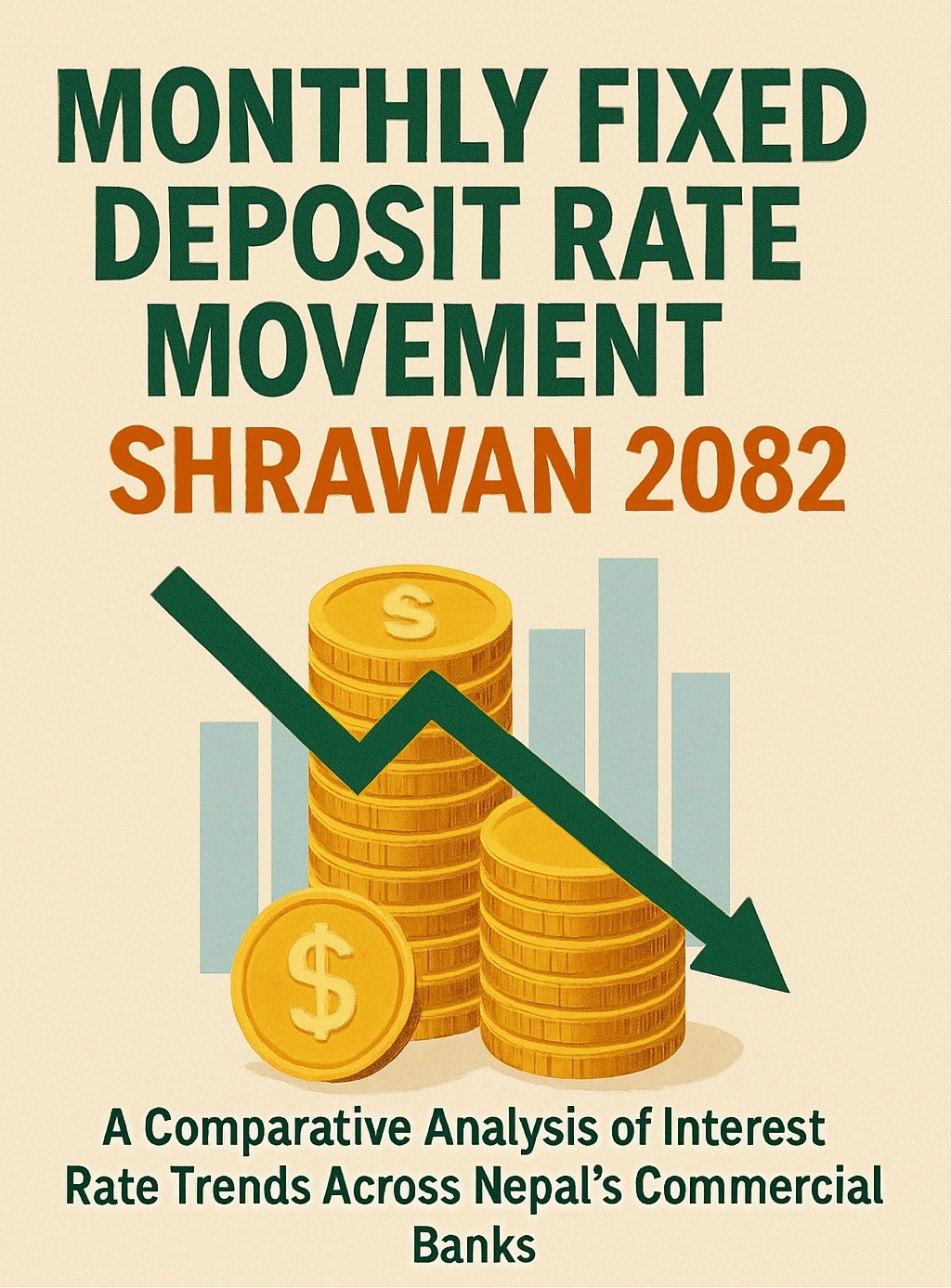
Economics
Reading time : 4 mins
MONTHLY FIXED DEPOSIT RATE MOVEMENT SHRAWAN 2082
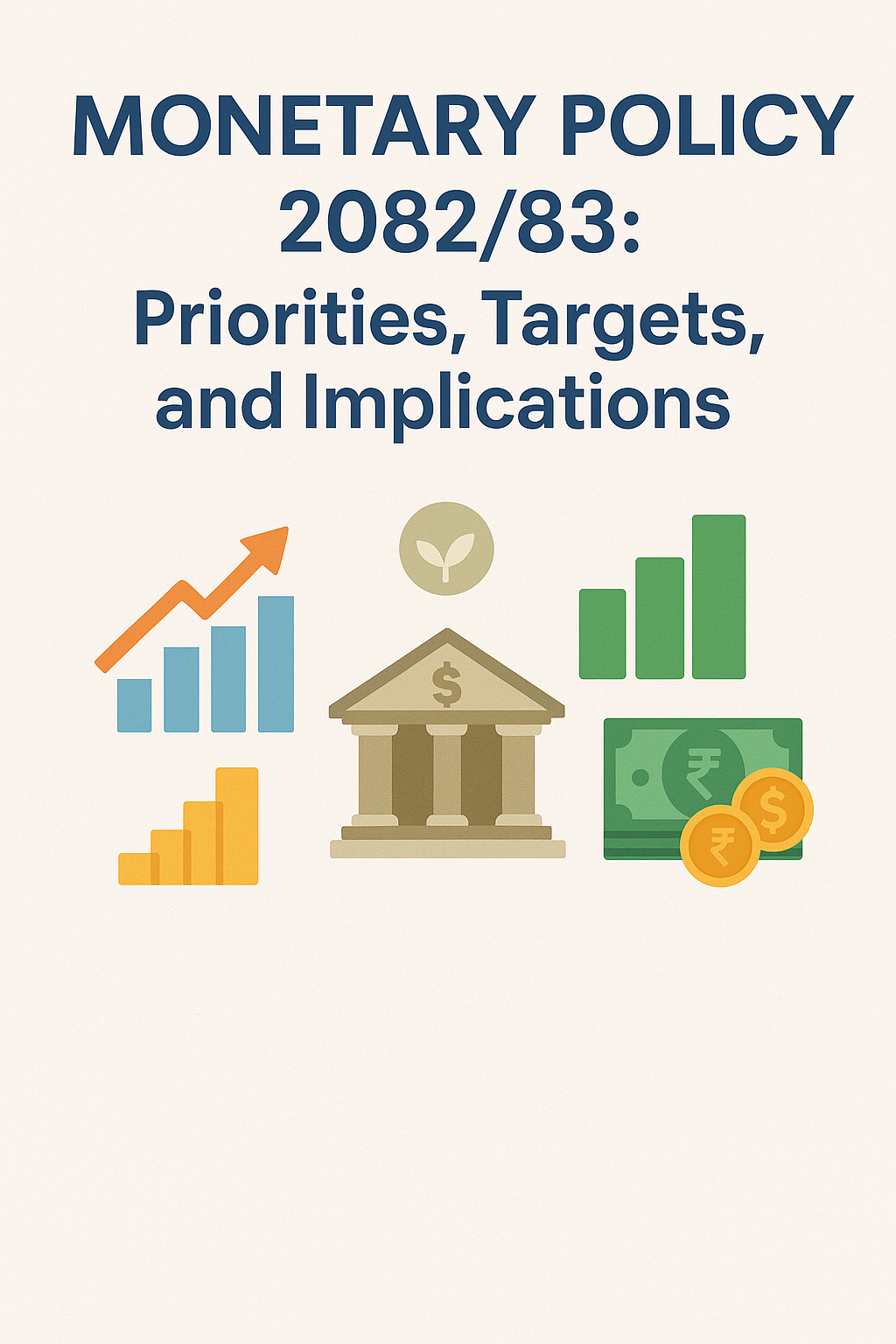
Economics
Reading time : 8 mins
Monetary Policy 2082/83: Priorities, Targets, and Implications

Economics
Reading time : 3 mins
From Remittance to Returns: The Nepali Migrant’s Guide to IPO Investment

Economics
Reading time : 8 mins
Nepal Returns to FATF Grey List: What It Means and the Road Ahead
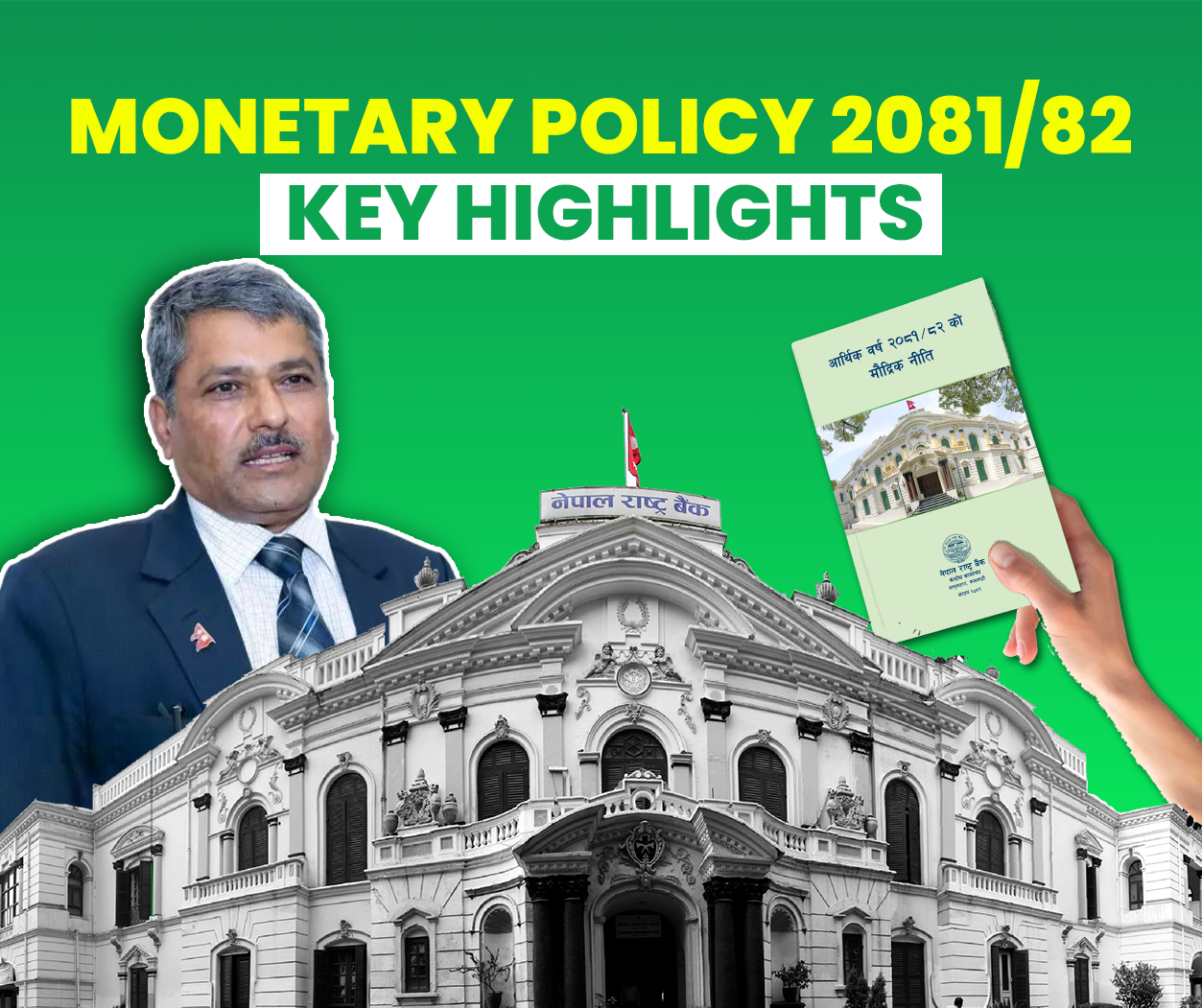
Economics
Reading time : 8 mins
Monetary Policy 2081/82: Key Adjustments and Their Economic Impacts

Economics
Reading time : 8 mins
राष्ट्र बैंक र मौद्रिक नीति

Economics
Reading time : 9 mins
आर्थिक बजेट २०८१/८२: भाषण मात्र की पुनरुत्थान पनि?
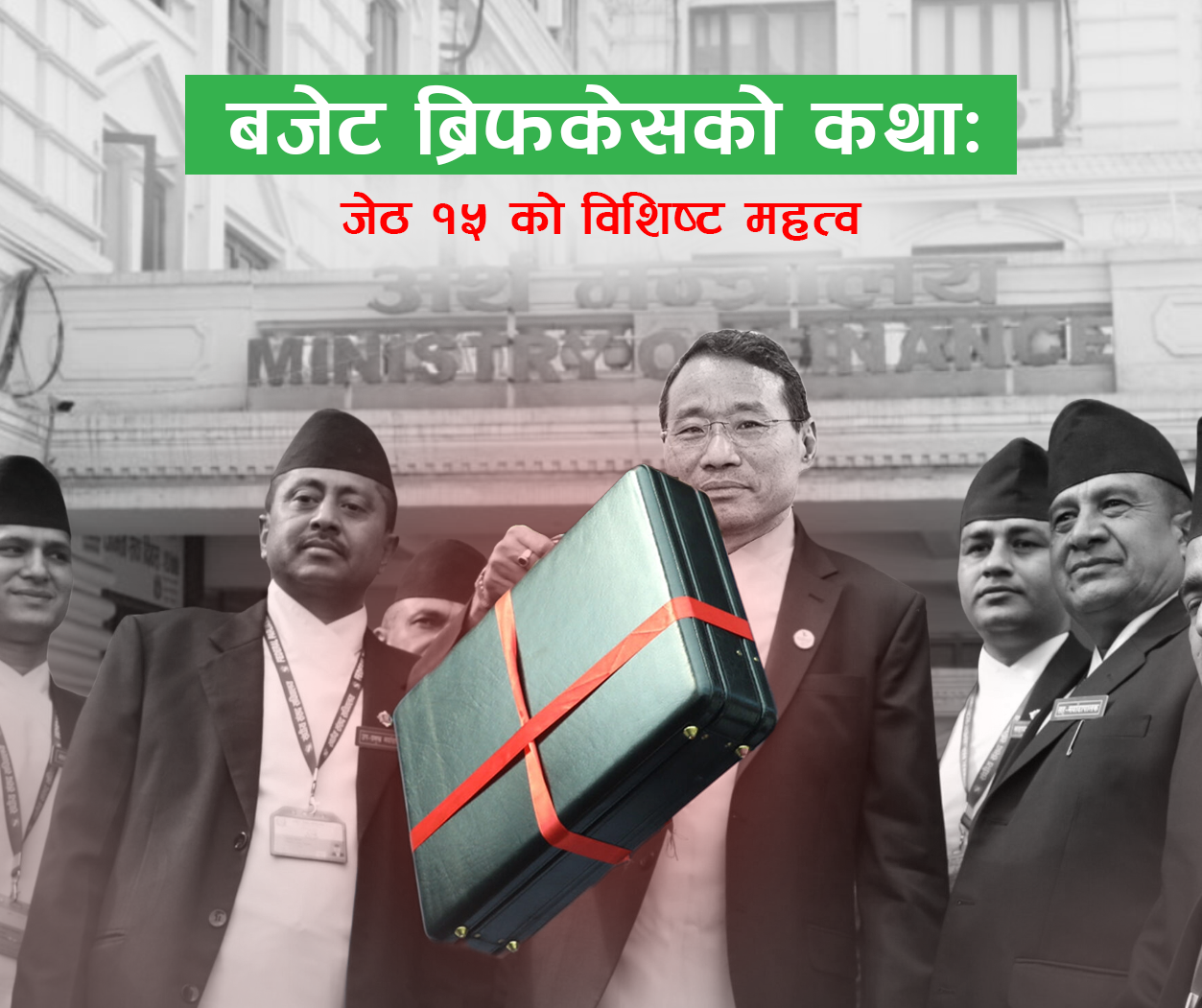
Economics
Reading time : 7 mins
बजेट ब्रिफकेसको कथा
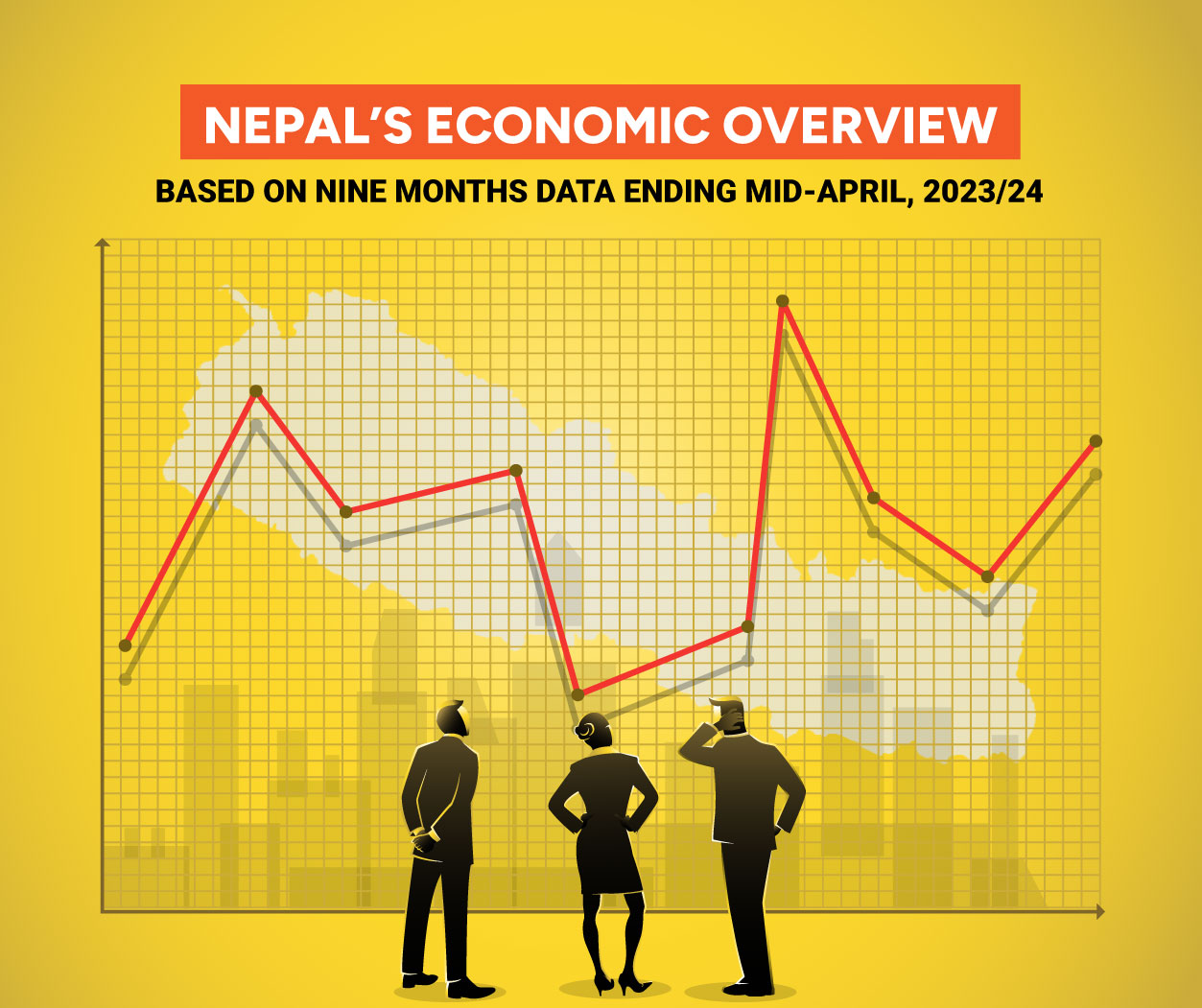
Economics
Reading time : 8 mins
Nepal's Economic Trends: Insights from the Nine-Month Report by Nepal Rastra Bank

Economics
Reading time : 8 mins
Effects of Covid-19 on Nepalese Economy

Economics
Reading time : 7 mins
EVs in Nepal: Status, Sustainability and Challenges

Economics
Reading time : 8 mins
Understanding Our Economy: Highlights from Mid-January 2023/24 Data

Economics
Reading time : 8 mins
Microfinance and Poverty Reduction

Economics
Reading time : 6 mins
Nepal's Trade Relations and Economic Diplomacy

Economics
Reading time : 6 mins
The Economic Influence of Tourism in Nepal

Economics
Reading time : 6 mins
The Endless Dance of Debt: Understanding the Dark Side of Finance
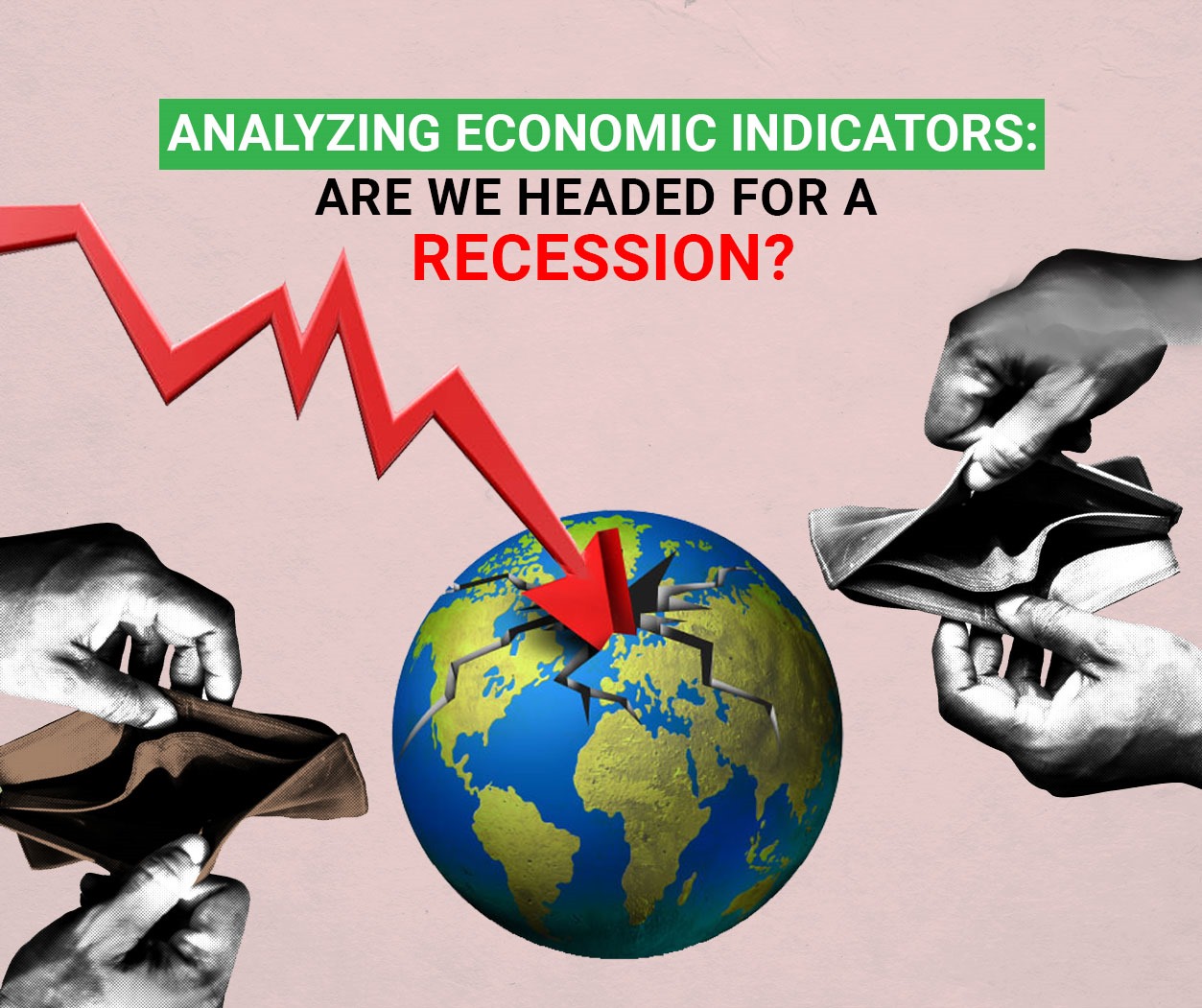
Economics
Reading time : 14 mins
Analyzing Economic Indicators: Are We Headed for a Recession?

Economics
Reading time : 10 mins
Inflation: Understanding the Basics

Economics
Reading time : 7 mins
How the Insurance Sector in Nepal is Evolving?
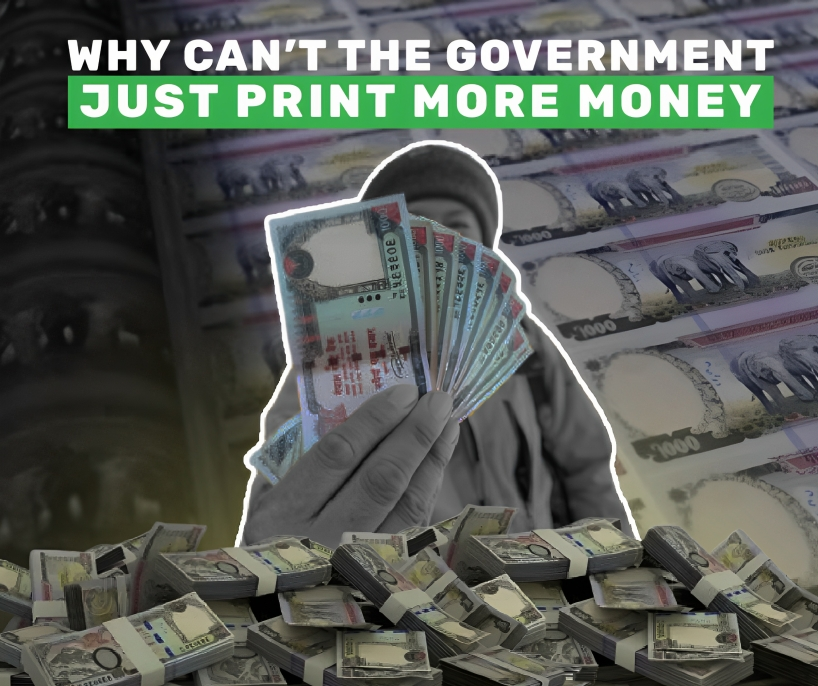
Economics
Reading time : 6 mins
Why Can the Government not Print More Money and Make Everyone Rich?

Economics
Reading time : 7 mins
India's Rice Export Ban and the Potential Global Threat
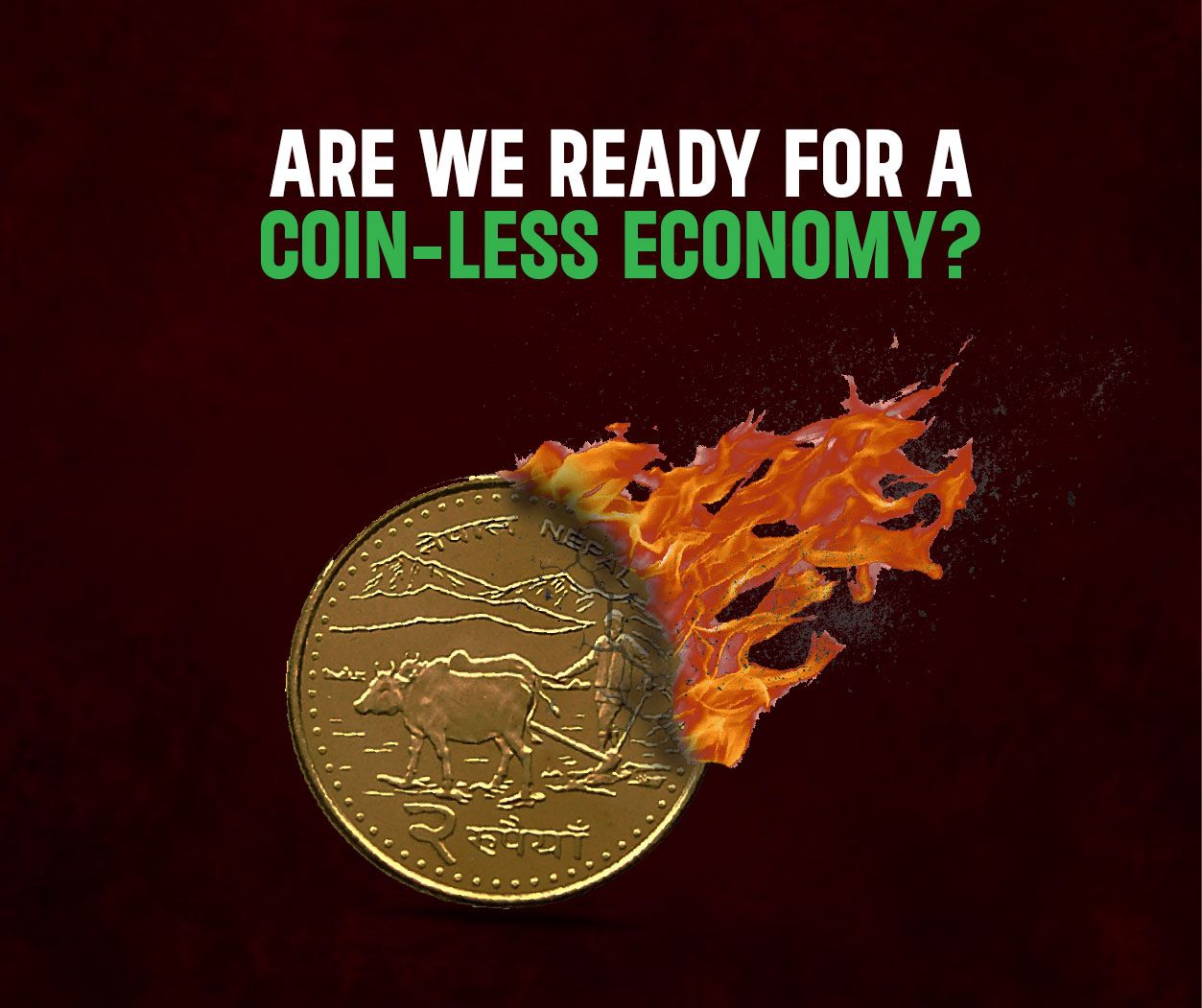
Economics
Reading time : 13 mins
Are We Ready for a Coin-Less Economy?

Economics
Reading time : 6 mins
Cement Industry in Nepal: An Overview

Economics
Reading time : 12 mins
Major Highlights of Monetary Policy 2080/81
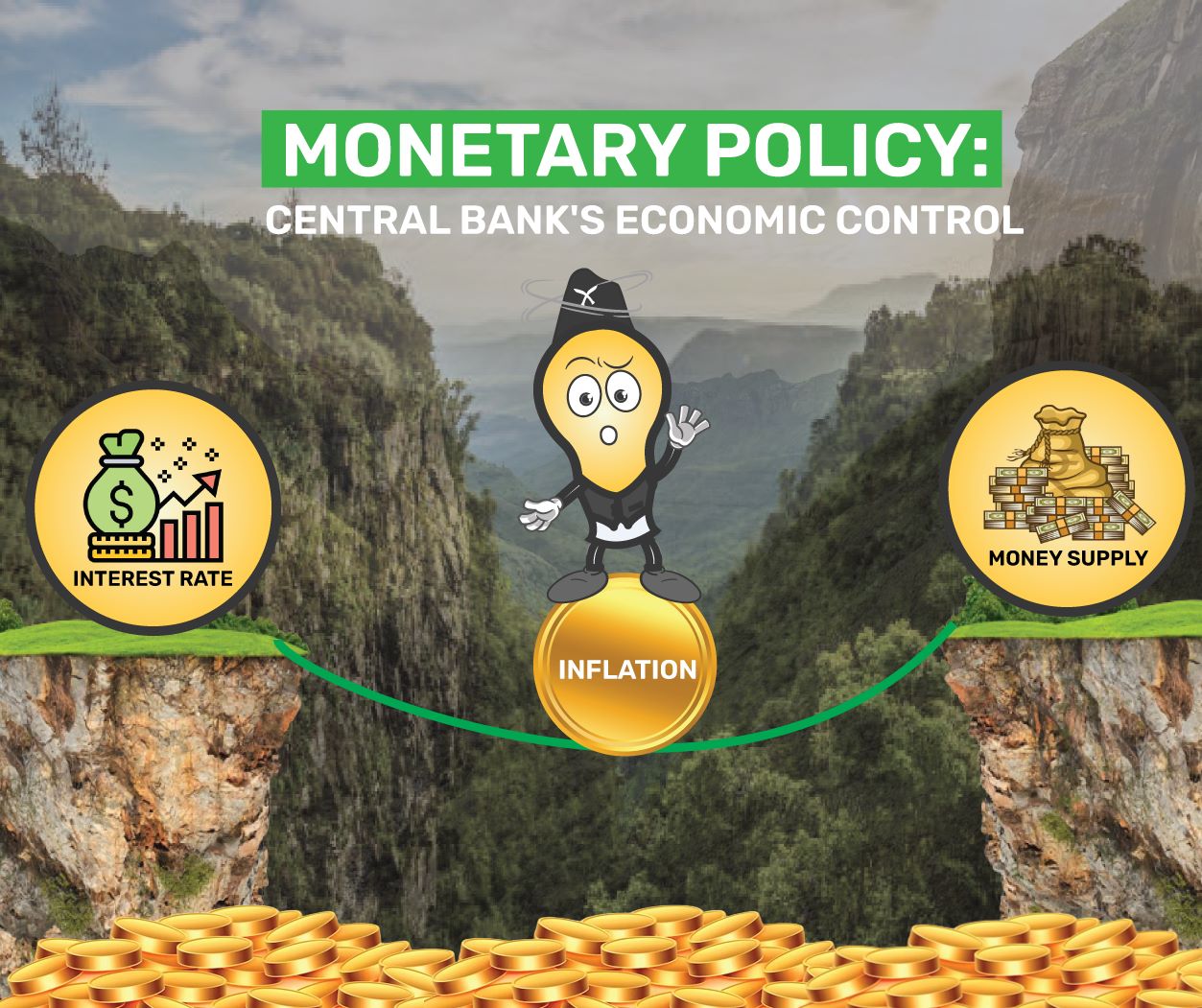
Economics
Reading time : 11 mins
Simplifying Monetary Policy: How Central Banks Regulate the Economy
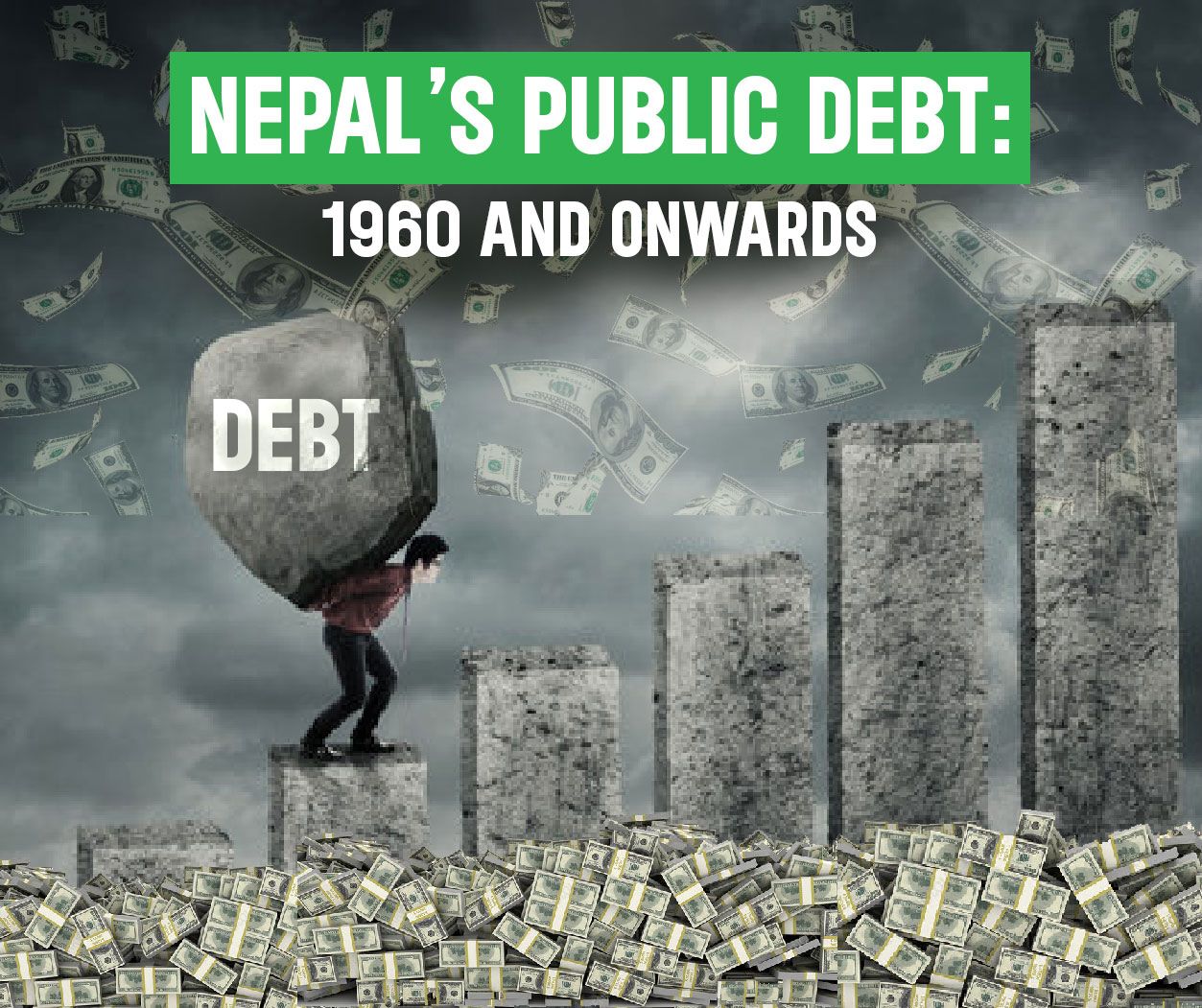
Economics
Reading time : 7 mins
Nepal’s Public Debt: 1960 and onwards
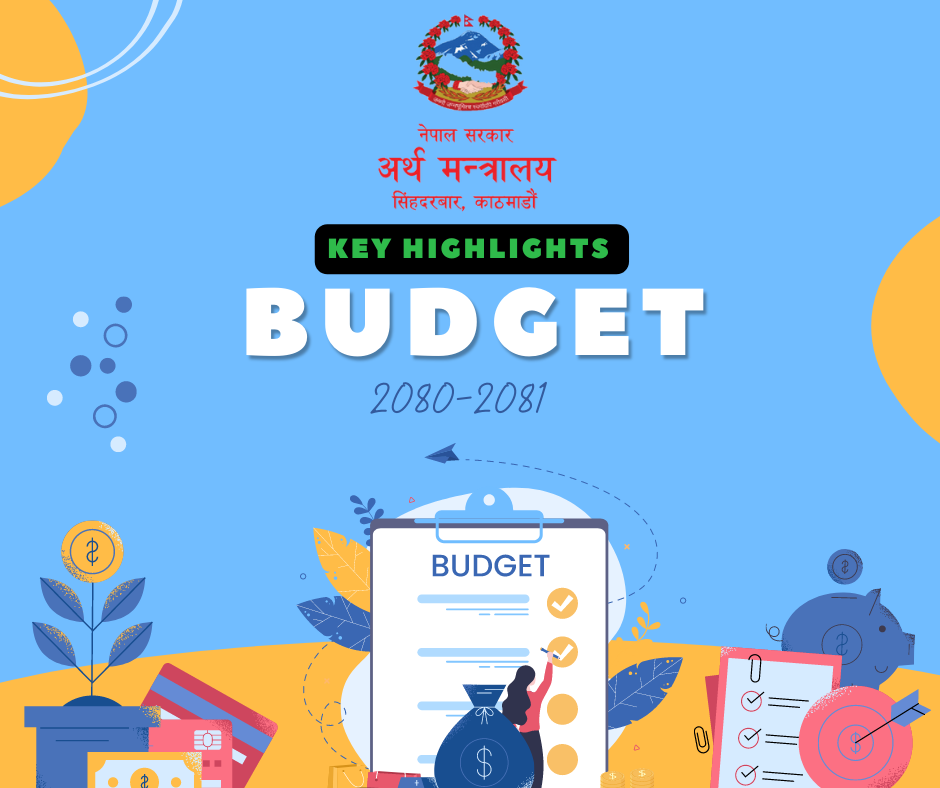
Economics
Reading time : 9 mins
The Highlights of Budget 2080-2081
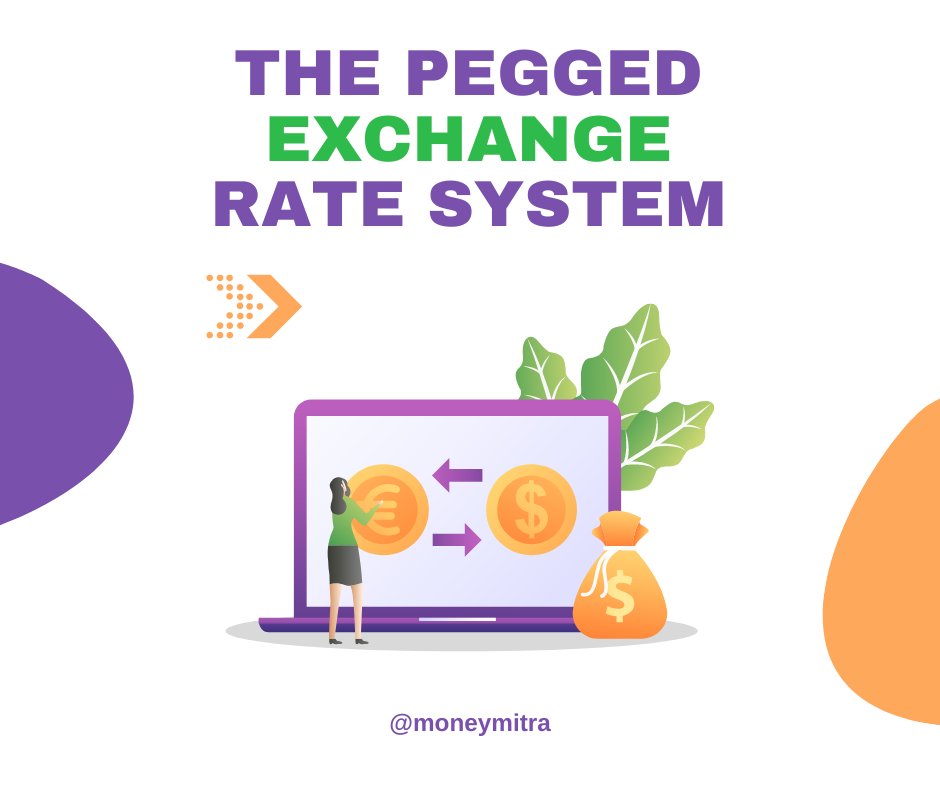
Economics
Reading time : 4 mins
The Pegged Currency System: A Close Look at the Nepalese Currency Pegged to the Indian Rupee

Economics
Reading time : 8 mins
Understanding De-Dollarization: Is the supremacy of the US dollar as the global currency at risk?

